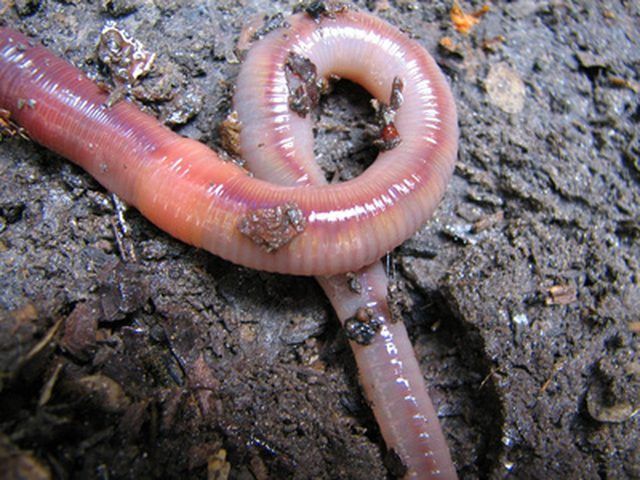Bulbs
Flower Basics
Flower Beds & Specialty Gardens
Flower Garden
Garden Furniture
Garden Gnomes
Garden Seeds
Garden Sheds
Garden Statues
Garden Tools & Supplies
Gardening Basics
Green & Organic
Groundcovers & Vines
Growing Annuals
Growing Basil
Growing Beans
Growing Berries
Growing Blueberries
Growing Cactus
Growing Corn
Growing Cotton
Growing Edibles
Growing Flowers
Growing Garlic
Growing Grapes
Growing Grass
Growing Herbs
Growing Jasmine
Growing Mint
Growing Mushrooms
Orchids
Growing Peanuts
Growing Perennials
Growing Plants
Growing Rosemary
Growing Roses
Growing Strawberries
Growing Sunflowers
Growing Thyme
Growing Tomatoes
Growing Tulips
Growing Vegetables
Herb Basics
Herb Garden
Indoor Growing
Landscaping Basics
Landscaping Patios
Landscaping Plants
Landscaping Shrubs
Landscaping Trees
Landscaping Walks & Pathways
Lawn Basics
Lawn Maintenance
Lawn Mowers
Lawn Ornaments
Lawn Planting
Lawn Tools
Outdoor Growing
Overall Landscape Planning
Pests, Weeds & Problems
Plant Basics
Rock Garden
Rose Garden
Shrubs
Soil
Specialty Gardens
Trees
Vegetable Garden
Yard Maintenance
Niche of an Earthworm
Niche of an Earthworm. Every garden needs earthworms. They aerate the soil, fertilize it with their waste and feed on leaves, dirt and other organic matter. They are a source of food for birds, snakes and beetles. Though primitive and humble, the earthworm provides a necessary service in sustaining agriculture. Earthworms belong to the class...

Every garden needs earthworms. They aerate the soil, fertilize it with their waste and feed on leaves, dirt and other organic matter. They are a source of food for birds, snakes and beetles. Though primitive and humble, the earthworm provides a necessary service in sustaining agriculture. Earthworms belong to the class Oligochaeta and the phylum Annelida.
Habitat
Earthworms have been on the planet for more than 80 million years. They prefer warm, moist soil and usually remain just below the surface. They come to the top only during times of rainfall, when their burrows become saturated. Worms mate when they are forced to surface. Though the have both male and female reproductive organs, they reproduce sexually. The pinkish brown swelling on the earthworm's body is called the clitellum. It plays a role in reproduction.
Annelids
Earthworms are the best-known and most complex of the segmented worms. There are more than 9,000 species of segmented worms. They are called annelids, from the Latin word ''annelus,'' which means small rings. These rings, or segments, run along the earthworm's body. Earthworms have the ability to regenerate, or regrow, lost segments. The typical earthworm has about 150 segments and is several inches long, but a giant earthworm species that lives in Australia grows up to 11 feet long.
Anatomy
Each segment, except the first and last, have four pairs of small bristles called setae. The setae help the earthworm move through the soil. Despite their size, earthworms possess a complex digestive system. Food passes into two small organs, where it is ground up, digested and moved into the small intestine. Earthworms have a closed circulatory system with five pairs of hearts. They also have a mouth and a simple brain at the head end and an anus at the tail end.
Purpose
Common earthworms, also called nightcrawlers or angleworms, are beneficial creatures. They improve soil wherever they are present by providing a natural means of aeration. As they move through the ground, they create tunnels. Air and water then pass through these tunnels to the roots of plants. They break down organic matter such as leaves and litter and excrete nitrogen-rich waste that fetilizes the soil. They are a favorite food for robins and a favorite bait for fishermen.
Considerations
Earthworms are adapted to life underground. The soil provides them with a source of nutrition. They absorb oxygen through their thin skin, which is covered with mucus to help it stay moist. They are prone to moisture loss. Though they have no eyes, tiny organs on their head end are sensitive to light. They also have no ears, but respond to vibrations in the soil